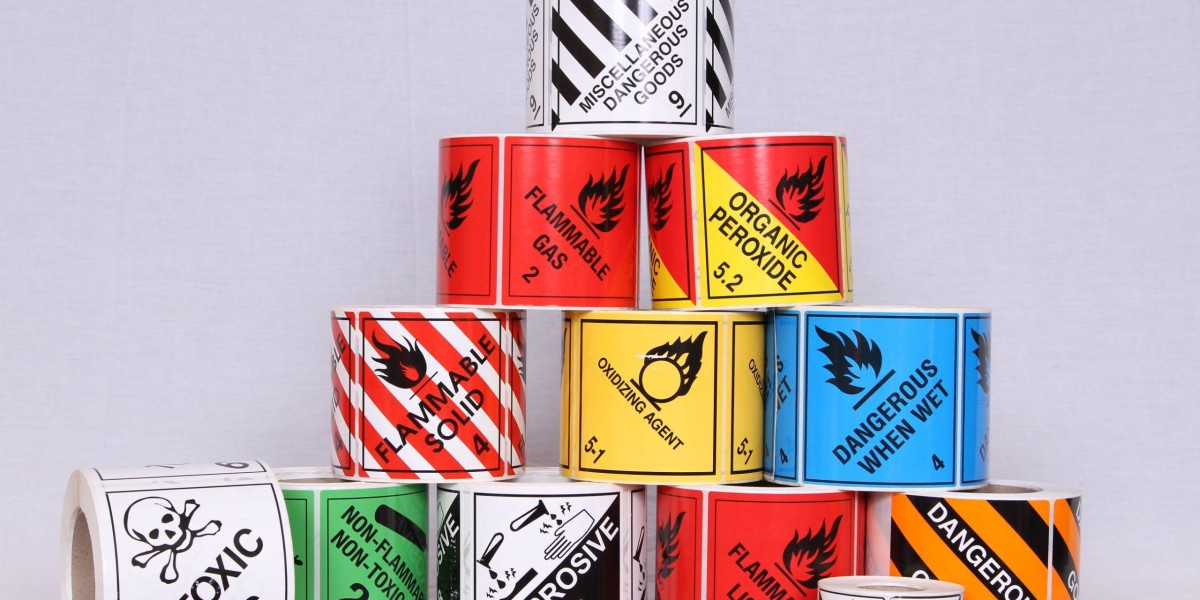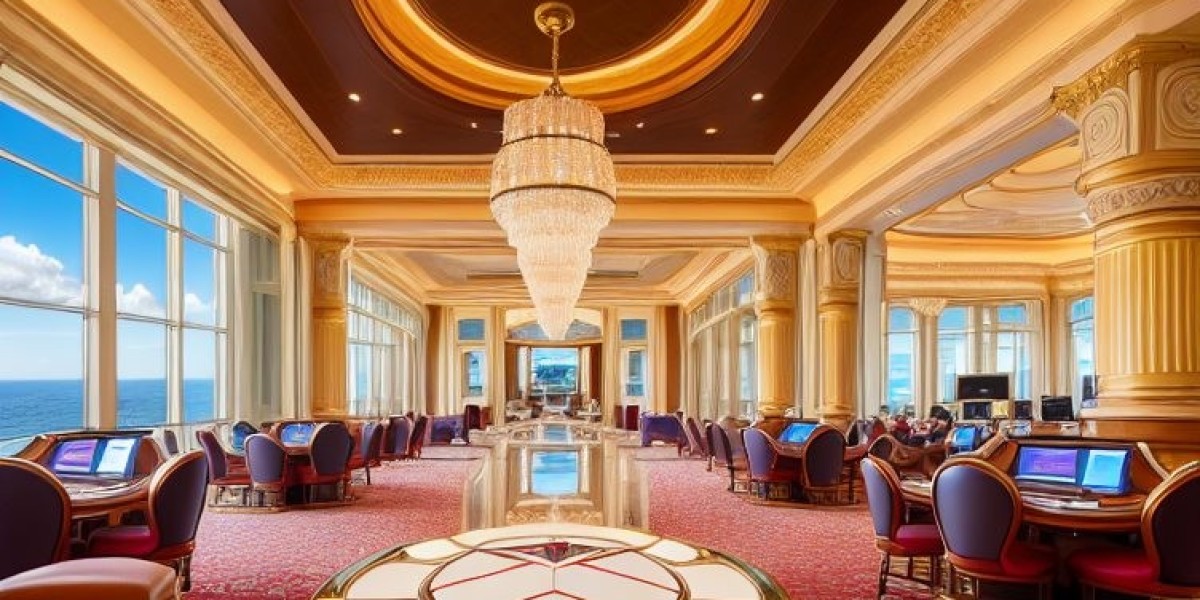Ensuring safety in transporting hazardous materials is critical for businesses in Dubai. Dangerous goods labels play a central role in identifying and managing risks associated with hazardous substances. This guide provides an in-depth look at these labels, their types, regulations, and best practices.
Definition and Purpose
Dangerous goods labels are visual indicators placed on packages containing hazardous materials. Their primary purpose is to communicate the potential risks of the goods during transportation, handling, and storage. Clear labeling prevents accidents, protects workers, and ensures compliance with legal requirements.
Importance in Dubai
Dubai is a global trade hub with significant air, sea, and road freight activity. Proper labeling of dangerous goods labels in Dubai ensures safety across these transport modes and meets international shipping standards. It also supports local regulations set by the Dubai Civil Aviation Authority and other safety organizations.
Types of Dangerous Goods Labels
1. Explosives
These labels indicate materials that can detonate or explode under certain conditions. They typically feature an orange background with a black symbol of an exploding bomb.
2. Flammable Liquids and Solids
Flammable substances are highly combustible. Labels often use red backgrounds with flames, warning handlers to avoid sparks, heat, or open flames.
3. Toxic and Infectious Substances
Toxic substances can cause harm if inhaled, ingested, or contacted. Labels show a skull and crossbones symbol. Infectious materials, including medical waste, require biohazard symbols for identification.
4. Corrosives
Corrosive substances can damage skin, metals, or other materials. Labels display a chemical pouring onto a surface or hand, usually in black on white with a contrasting border.
5. Gases and Oxidizers
Compressed gases, flammable gases, or oxidizers have distinct symbols. Labels may feature colors like green, yellow, or blue with images of cylinders, flames, or chemical reactions.
Regulations Governing Dangerous Goods Labels in Dubai
International Standards
Dubai follows international guidelines for labeling dangerous goods. These include the International Air Transport Association (IATA) for air freight and the International Maritime Dangerous Goods (IMDG) Code for sea transport.
Local Compliance
The Dubai Civil Defense and Dubai Municipality provide rules for transporting hazardous materials. Labels must be clear, durable, and compliant with the classification system. Businesses must also maintain safety data sheets and proper documentation.
Penalties for Non-Compliance
Failure to use proper labels can result in fines, shipment delays, or legal action. Compliance is crucial for protecting personnel, customers, and the environment.
How to Properly Apply Dangerous Goods Labels
Correct Placement
Labels must be clearly visible on all sides of the package. Avoid placing them over seams, folds, or other printed material.
Legibility and Size
Text and symbols must be large enough to read from a reasonable distance. Use durable materials resistant to moisture, sunlight, and abrasion.
Handling Instructions
Include additional markings like “This Side Up” or “Keep Away from Heat” where necessary. Supplementary labels guide handlers in maintaining safety during transport.
Best Practices for Businesses in Dubai
Staff Training
Train employees on recognizing and handling dangerous goods labels. Understanding symbols and safety instructions reduces workplace incidents.
Regular Audits
Conduct routine inspections of packaging and labeling practices. This ensures continued compliance with international and local regulations.
Documentation Management
Maintain updated records for all hazardous materials. Include safety data sheets, shipping papers, and labeling certifications for each shipment.
Choosing the Right Labels
Select labels suitable for your cargo type, environmental conditions, and transport mode. Durable, high-quality labels improve safety and reduce risks of damage or misidentification.
Future Trends in Dangerous Goods Labeling
Digital Tracking
Some businesses in Dubai are adopting digital labeling with QR codes. These provide instant access to detailed safety data and handling instructions.
Eco-Friendly Materials
Manufacturers are developing labels from biodegradable or recyclable materials. This aligns with Dubai’s sustainability initiatives while maintaining safety standards.
Automation in Handling
Integration of automated systems for scanning and verifying labels ensures accurate identification and minimizes human error.
Summary
Dangerous goods labels are more than just symbols on a package. They are essential for safety, legal compliance, and efficient transport of hazardous materials in Dubai. Businesses must follow international and local standards, apply labels correctly, and train staff effectively. Staying updated with labeling trends and technology further enhances safety and operational efficiency.







